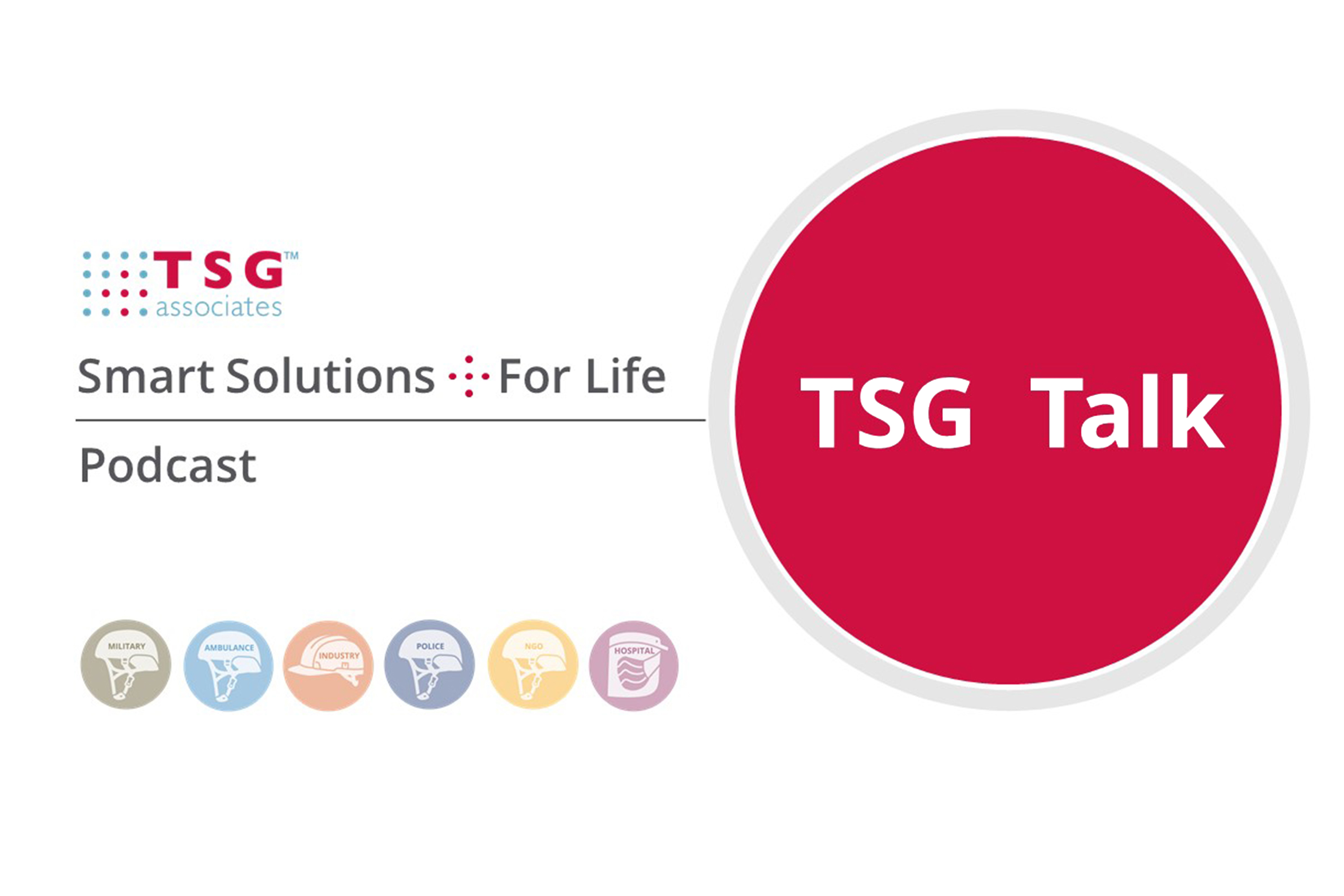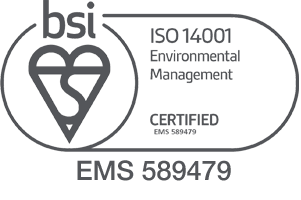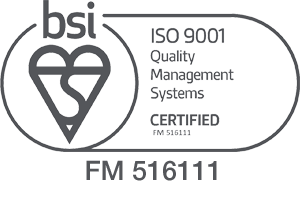


06/03/2025
TSG Talk- Burns Surge Capacity Planning
In our latest podcast, Senior Partner Colin Smart and Professor Randy Kearns delved into the unique challenges of providing medical care in complex environments. Their conversation highlighted the critical need for effective strategies to maximise survivor outcomes, especially in incidents involving multiple casualties with significant thermal injuries. Such scenarios represent some of the most demanding situations a health system can face, underscoring the importance of organised and efficient response efforts.
Randy’s background
Professor Randy first explained how he began his career as an EMT and transitioned to becoming a paramedic in the 1970s. He later took on leadership roles in various paramedic organisations and programs. Following the events of 9/11, he pursued and earned a master's and doctorate, subsequently joining the University of North Carolina. Initially, he worked within the hospital system before moving to the School of Medicine.
During his tenure at the university, which housed one of the five largest and busiest burn centres in America, he focused on identifying measurable outcomes and reporting them. This approach aimed to help others learn from their experiences and, at times, their mistakes. Professor Randy's work emphasised the importance of objective analysis and continuous improvement in medical practices, contributing significantly to the field of emergency medicine.
Three categories of burns
Professor Randy then discussed the need to increase the competency of responders in dealing with burns while also understanding that the response team may have limited experience in this area. He then highlighted that not all incidents involving burn injuries are the same, and they can be categorised into three distinct types.
The first category is burns only. In these cases, resources are pulled from other critical care areas to supplement burn surgeons and burn care teams, such as trauma teams. This is the ideal situation as it allows for a comprehensive response to the burn injuries.
The second category involves burns with trauma and/or airway and respiration issues. In this scenario, additional help from trauma teams is lost as they are also occupied with trauma patients. They are commonly left with only burn care providers or additional staff sourced from other critical care areas but not from trauma.
The third category includes burns, where there is destruction of critical clinical infrastructure. This could mean damage to clinical equipment, the building itself, or even the highways leading to hospitals, further complicating matters and limiting resource access and availability. Triage in burns is complex, and the correct level of competency is crucial to ensure an accurate assessment of priority and resource allocation.
Importance of preparation
Professor Randy explained that dealing with burn casualties on a regular basis is rare for many first responders. He said this is a very important dynamic to understand when planning for a successful response to multiple casualties with burns. He noted that most burns units are full or close to capacity, and to ensure there is space for incoming casualties, a system of rapid discharge or transfer to step-down units should be considered. The decision maker with the correct skills to make these decisions must be available to allow this to happen safely.
He then pointed out that even a small number of burn casualties can stress large burn facilities, while a large number of burn casualties can overwhelm even the most sophisticated healthcare facility. He emphasised the importance of pain management in burns, stating that understanding the complexity of this task is crucial to ensure optimal patient care. He mentioned that mass casualty burns may cause logistic issues in the supply of specialist equipment required for ongoing care. Finally, Professor Randy stressed that avoiding infection is critical to maximising survival and minimising suffering. He advised considering the capacity and time required to correctly clean a treatment area so it is ready for the next casualty within multiple casualty scenarios. While antibiotics are no longer used prophylactically, maintaining a clean environment remains important.
If you had to select one piece of medical equipment to have with you regardless of task, what would it be?
Professor Randy explained that his equipment of choice is a defibrillator because it is the only device capable of delivering the necessary electrical shock to restart a non-beating heart. He emphasised that while he can monitor patients, he cannot recreate electricity or construct a defibrillator himself. Therefore, if he is unable to do anything else, the defibrillator remains his only viable option, as using jumper cables is not feasible.
What advice would you give our listeners?
Professor Randy discussed the effectiveness of any burn treatment plan, which hinges on the competency of first response personnel. He highlighted that research showed that 63% of first responders feel uncomfortable handling burn injuries, highlighting a critical area for improvement. The phrase "warm to touch, not too hot, not too cold" can help assess whether burn cooling is adequate, preventing complications like hypothermia. Given that the skin, the body's largest organ, plays a crucial role in thermoregulation, significant damage can impair this function.
CPD accreditation
We're thrilled to partner with Ambulance CPD to offer the TSG Talk Podcast series on their website. Ambulance professionals can now stream high-quality content and earn CPD certificates. Visit Ambulance CPD's website to explore and enhance your professional growth.
What next?
Click here to listen to the full TSG Talk episode featuring Professor Randy Kearns, to find out more about life-saving solutions, please call TSG Associates on 01422 557841 or email us at info@tsgassociates.








